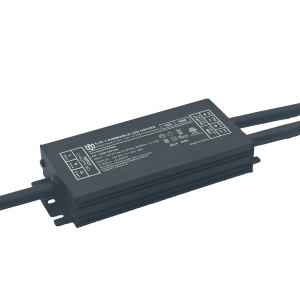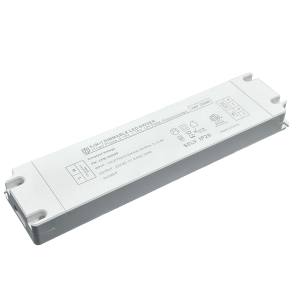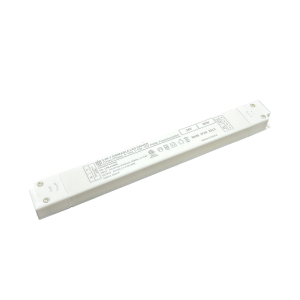Triac Driver Technology Innovation: Building Flexible, Adjustable Lighting Solutions
The evolution of triac driver technology marks a paradigm shift in modern lighting control systems. Unlike traditional phase-cut dimmers limited by fixed parameters, advanced triac drivers now employ microprocessor-managed pulse width modulation (PWM) algorithms to achieve unprecedented precision across dimming ranges from 0.1% to 100% output levels. This breakthrough enables flicker-free transitions between brightness settings while maintaining consistent color rendering indexes above CRI 90 – critical for museum displays and medical facilities requiring accurate visual perception.
Smart connectivity features transform these compact devices into networked nodes within building automation systems. Modern triac drivers integrate Wi-Fi®, Bluetooth Low Energy (BLE), and DALI protocol stacks, allowing centralized management through mobile apps or industrial SCADA platforms. Facility managers can program zonal scheduling profiles, monitor energy consumption patterns in real-time, and remotely adjust illumination based on occupancy sensors or ambient light harvesting data. Such capabilities reduce operational costs by up to 40% compared to conventional setups.
Architectural flexibility emerges through modular design approaches. Manufacturers now offer stackable triac driver units supporting parallel/series configurations that scale from single-fixture installations to multi-kilowatt arrays powering entire stadium floodlights. Thermal management innovations including aluminum heat sinks with fin structures and forced-air cooling channels ensure reliable operation across extreme climates (-30°C to +60°C). IP67-rated enclosures protect against dust ingress and temporary water immersion, making them suitable for outdoor landscape projects.
User experience enhancements address longstanding industry pain points. Galvanic isolation barriers eliminate ground loop interference common in older installations, while auto-calibration routines compensate for cable resistance variations automatically. Installers benefit from universal voltage compatibility (90–305VAC input) and toolless terminal blocks enabling rapid deployment without specialized knowledge. End users appreciate intuitive push-button interfaces displaying real-time status indicators via bi-color LED arrays.
Sustainability gains materialize through intelligent load management. When paired with solar microinverters, triac drivers optimize renewable energy utilization by dynamically balancing grid draw versus stored photovoltaic power. Their high power factor correction (PF>0.98 at full load) minimizes reactive losses in electrical distribution networks. Recycling programs increasingly target rare earth elements used in semiconductor components, aligning product lifecycles with circular economy principles.

Case studies demonstrate measurable impact: A European hotel chain retrofitted 800 guest rooms using programmable triac drivers, achieving €120k annual utility savings alongside guest satisfaction increases attributed to personalized ambient lighting scenarios. Industrial applications include hazardous location certifications (Class I Division 2) for petroleum refineries where explosion-proof housing meets stringent safety standards without compromising optical performance. As LiFi communication trials progress using visible light waves modulated through triac circuitry, this convergence technology may soon enable dual-purpose environments where lighting infrastructure doubles as wireless data networks.
 A New Benchmark in Energy Sav
A New Benchmark in Energy Sav
 The Future Outlook for Triac
The Future Outlook for Triac
 The Application Advantages of
The Application Advantages of
 Innovative Design + Outstandi
Innovative Design + Outstandi
